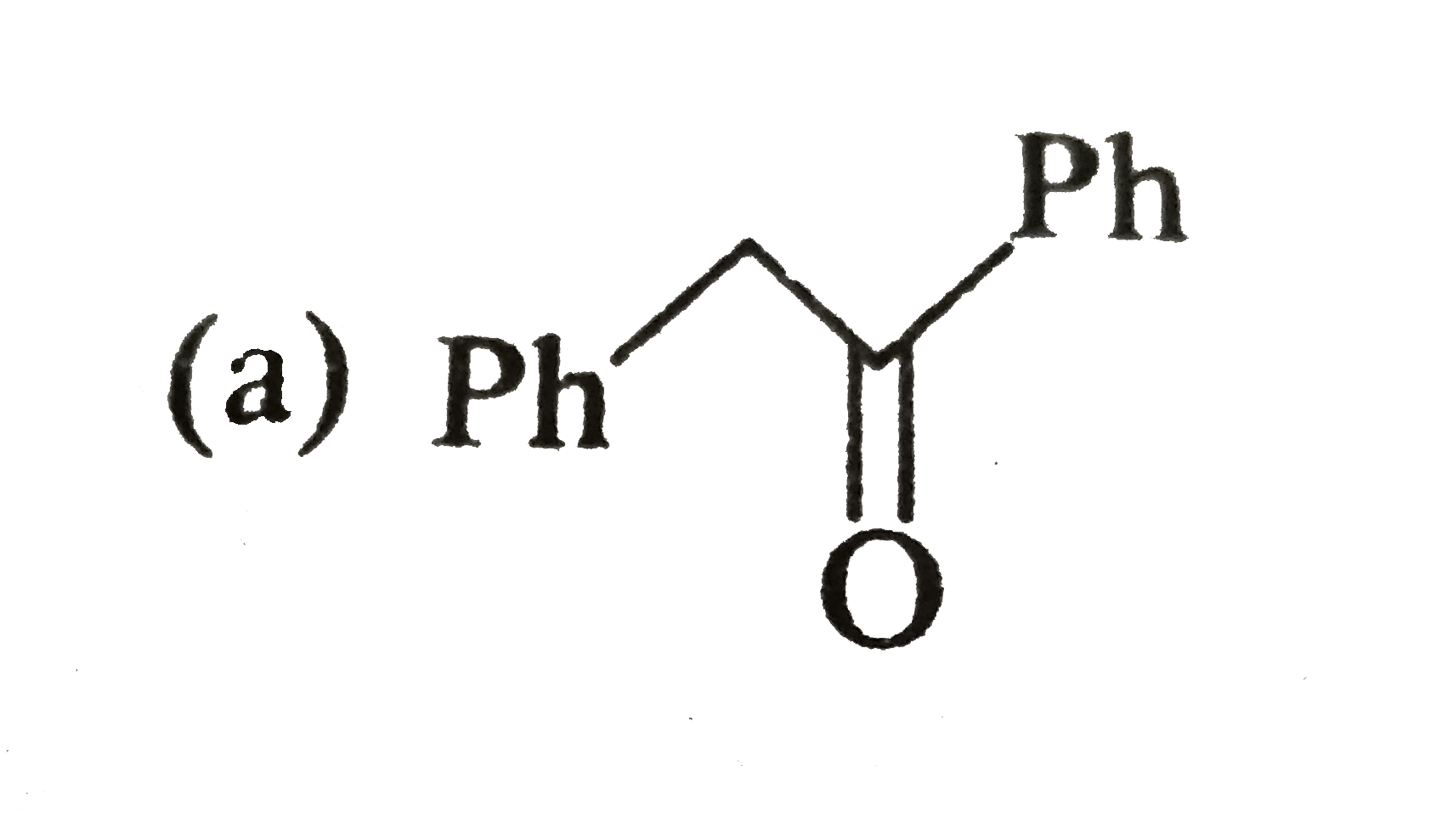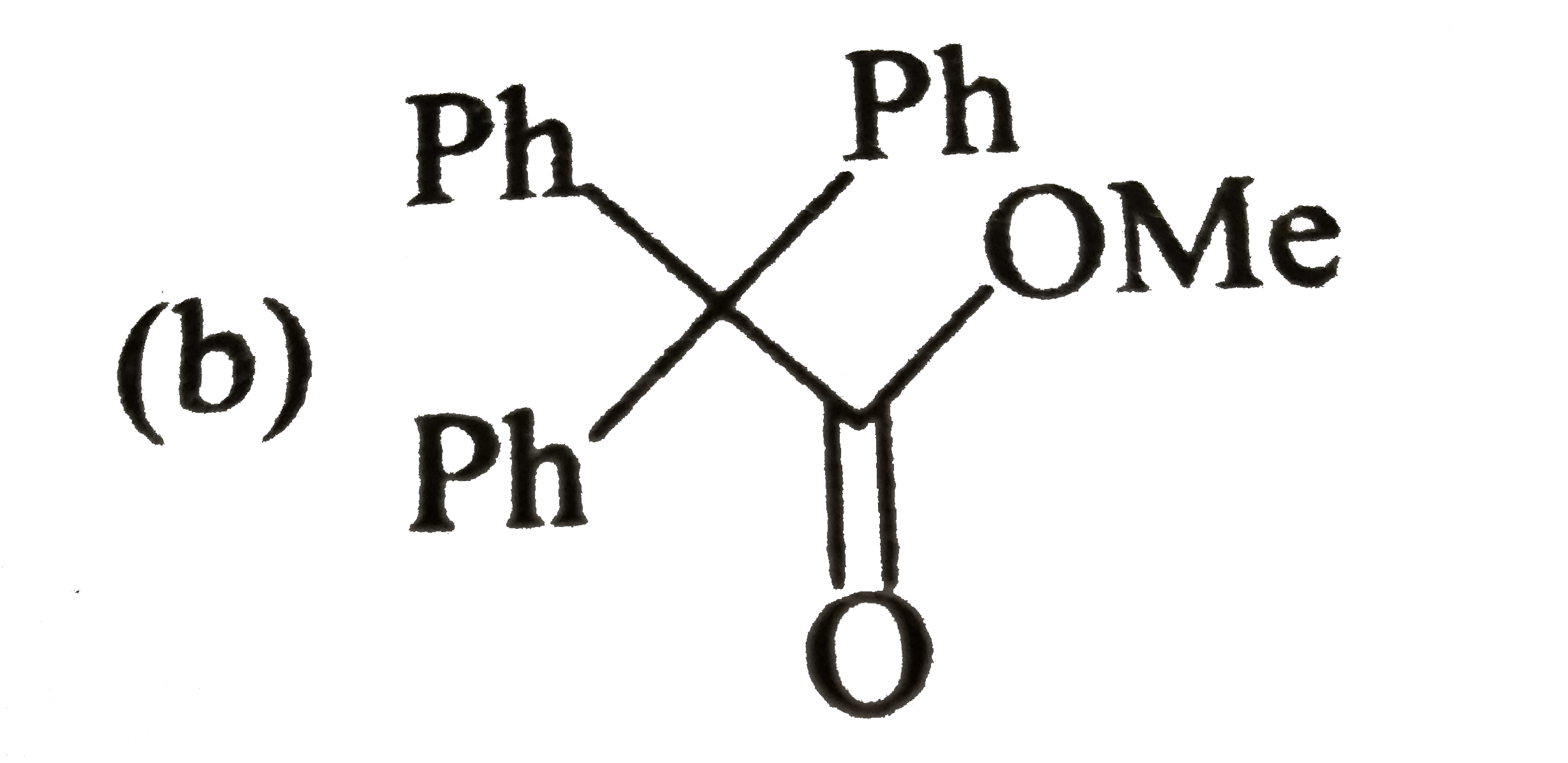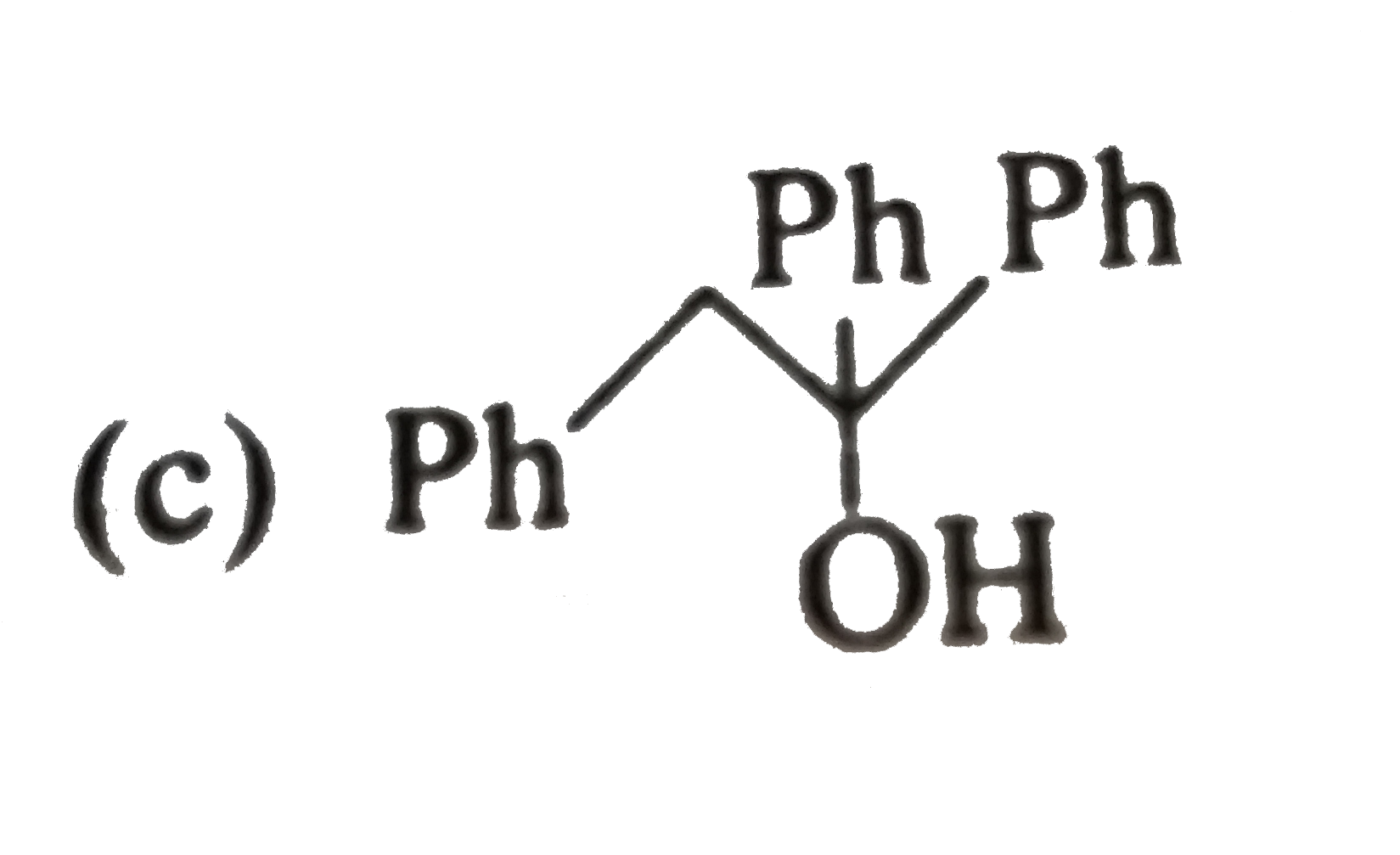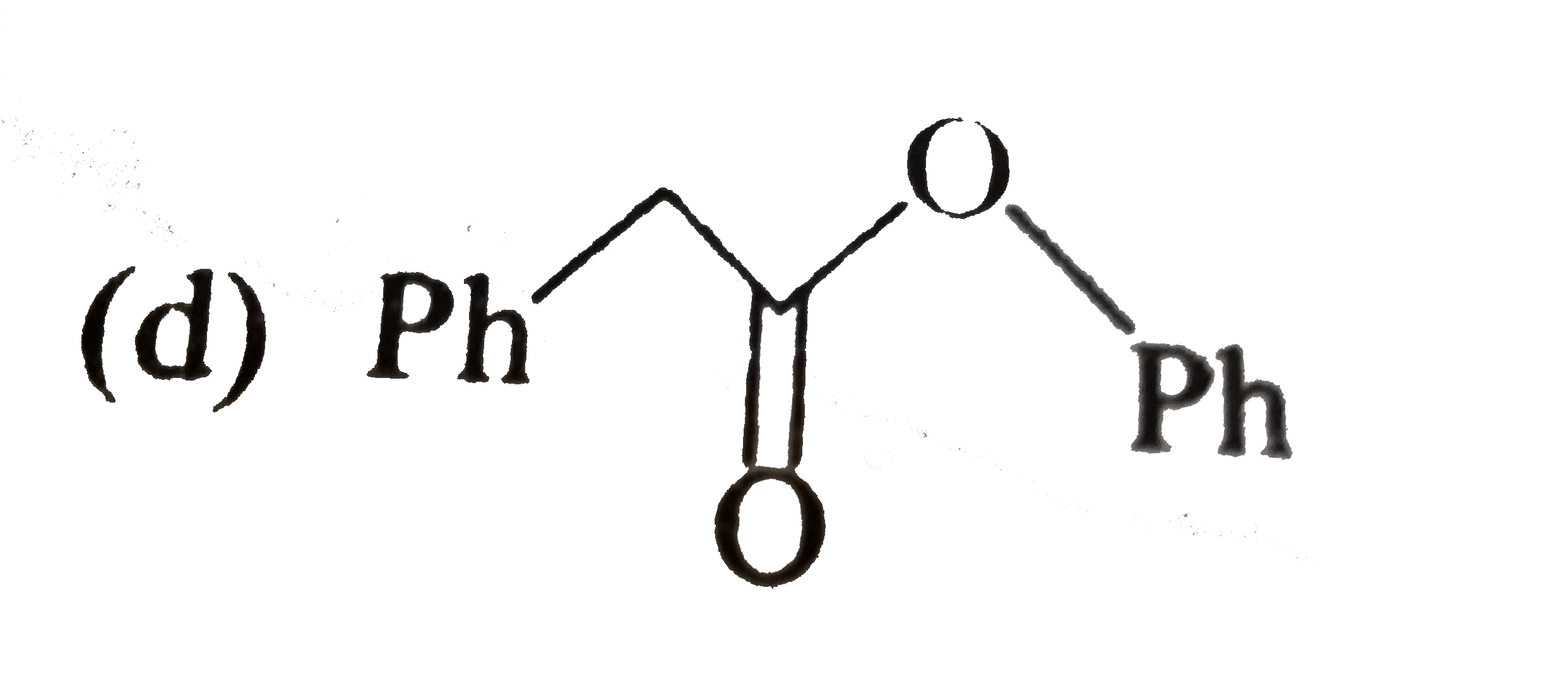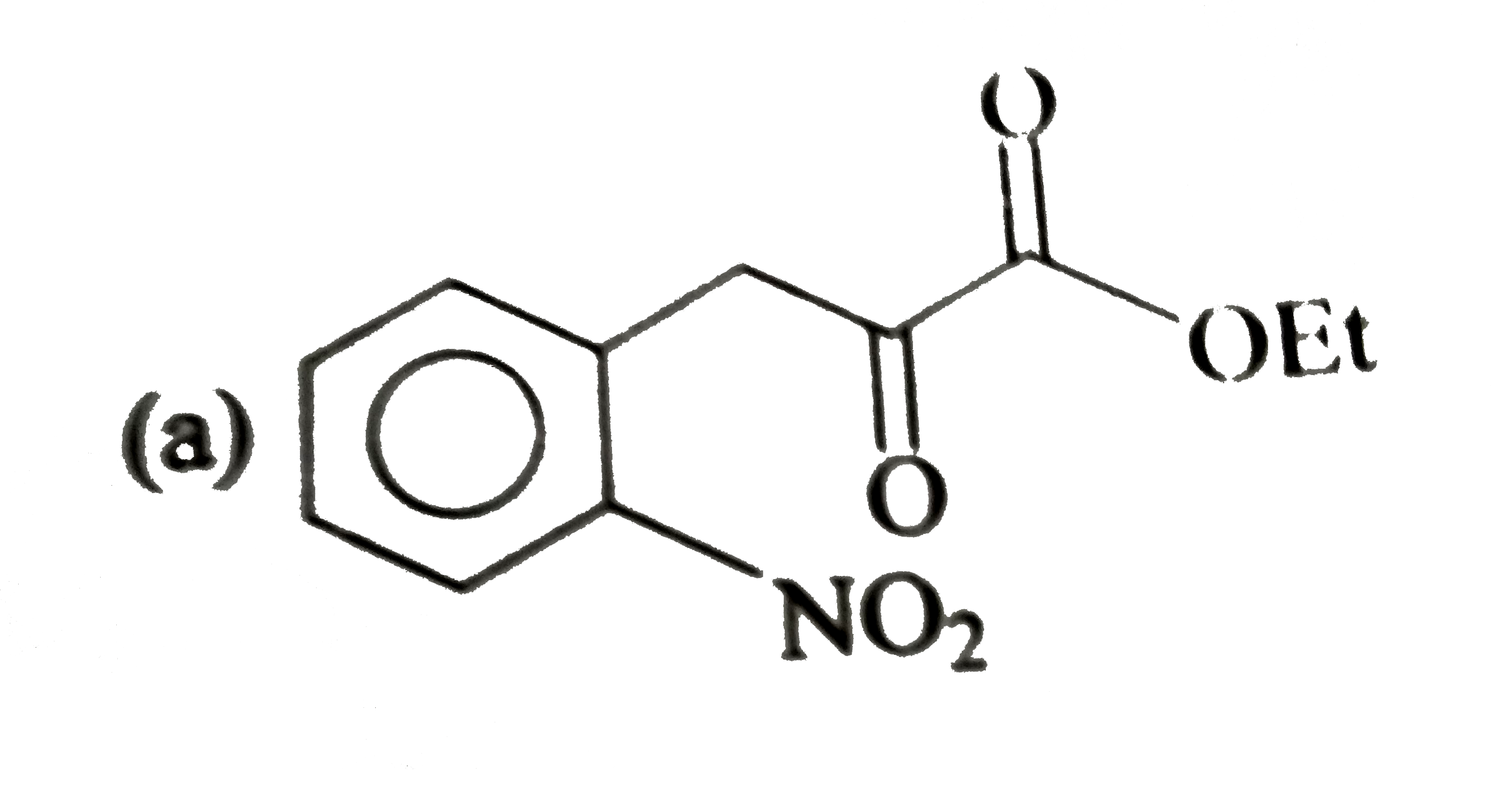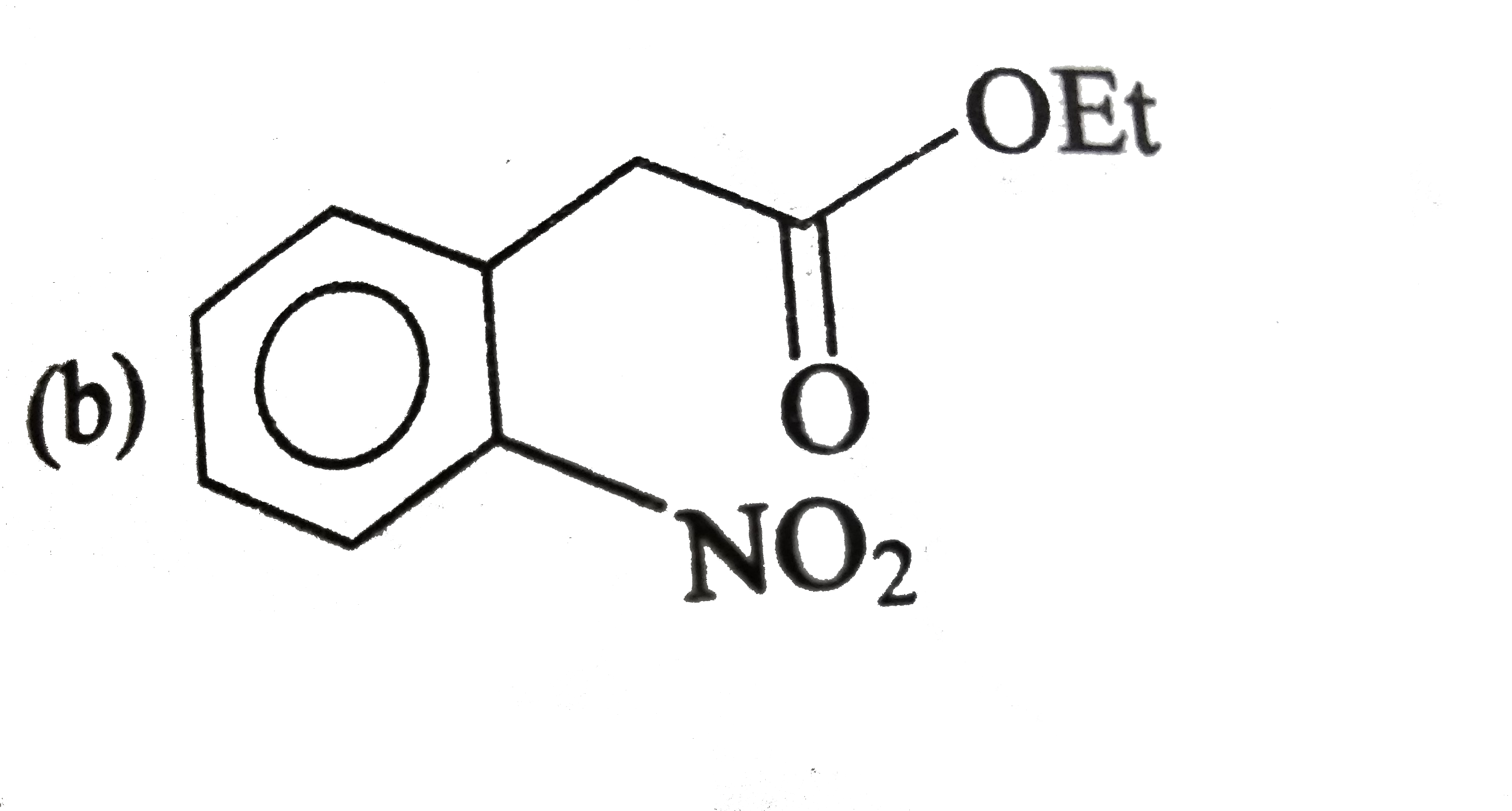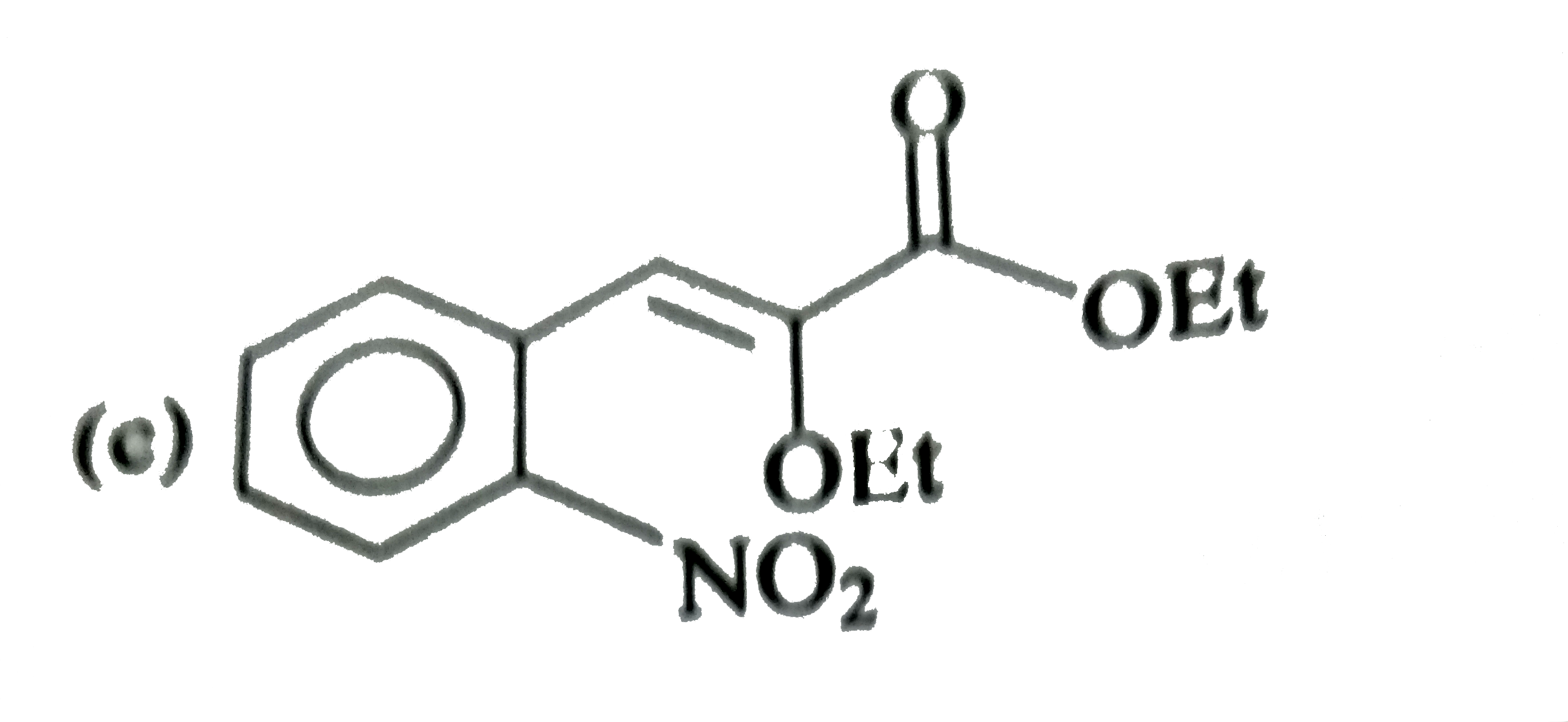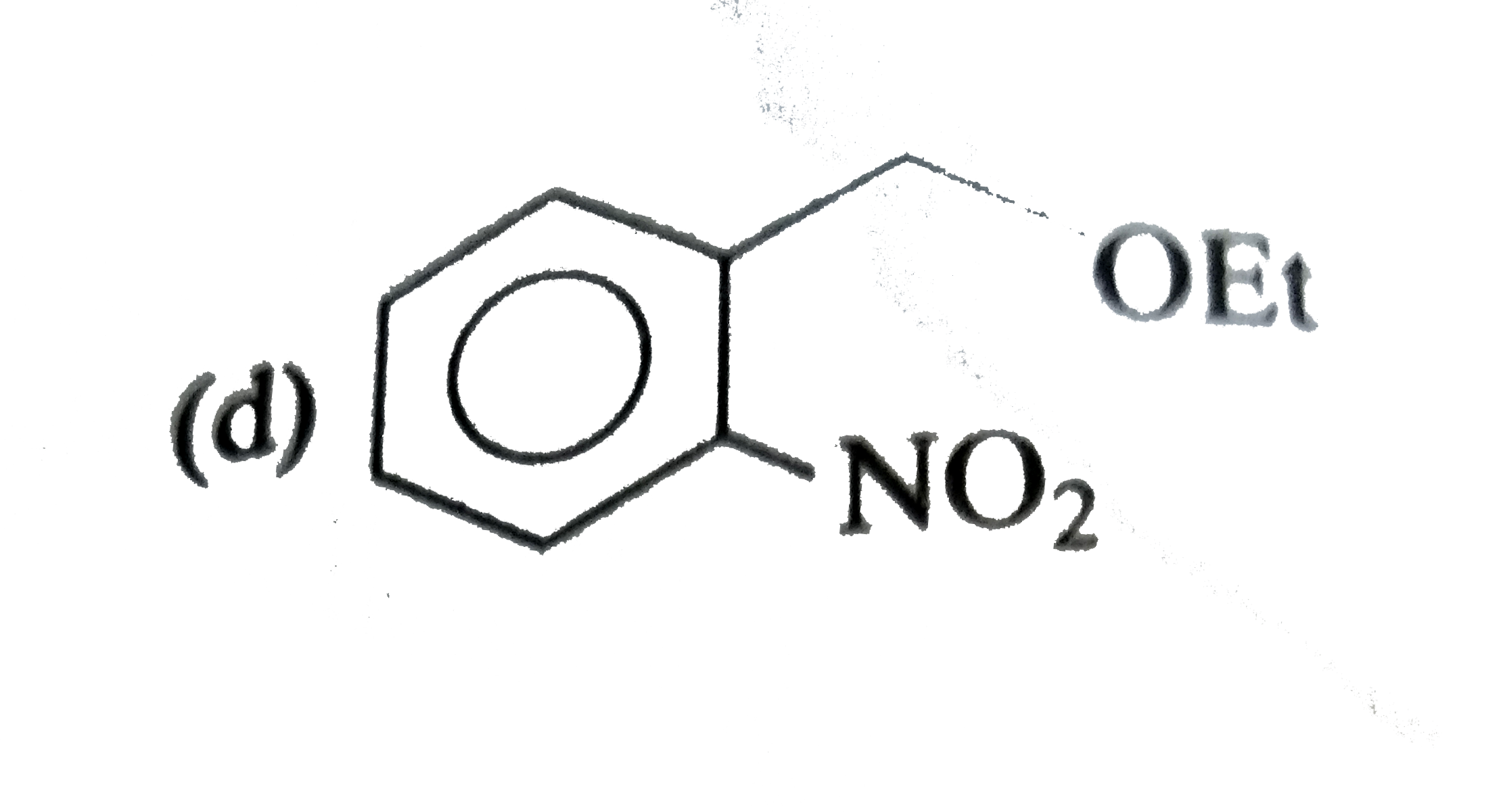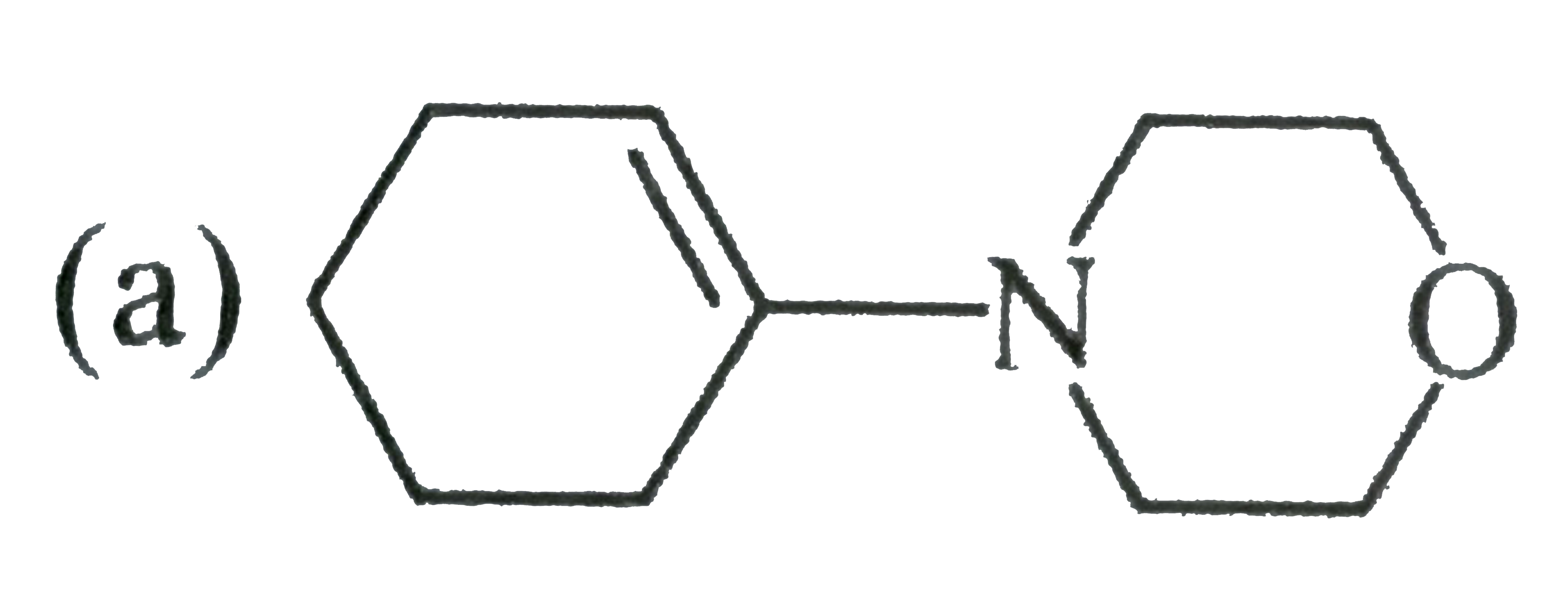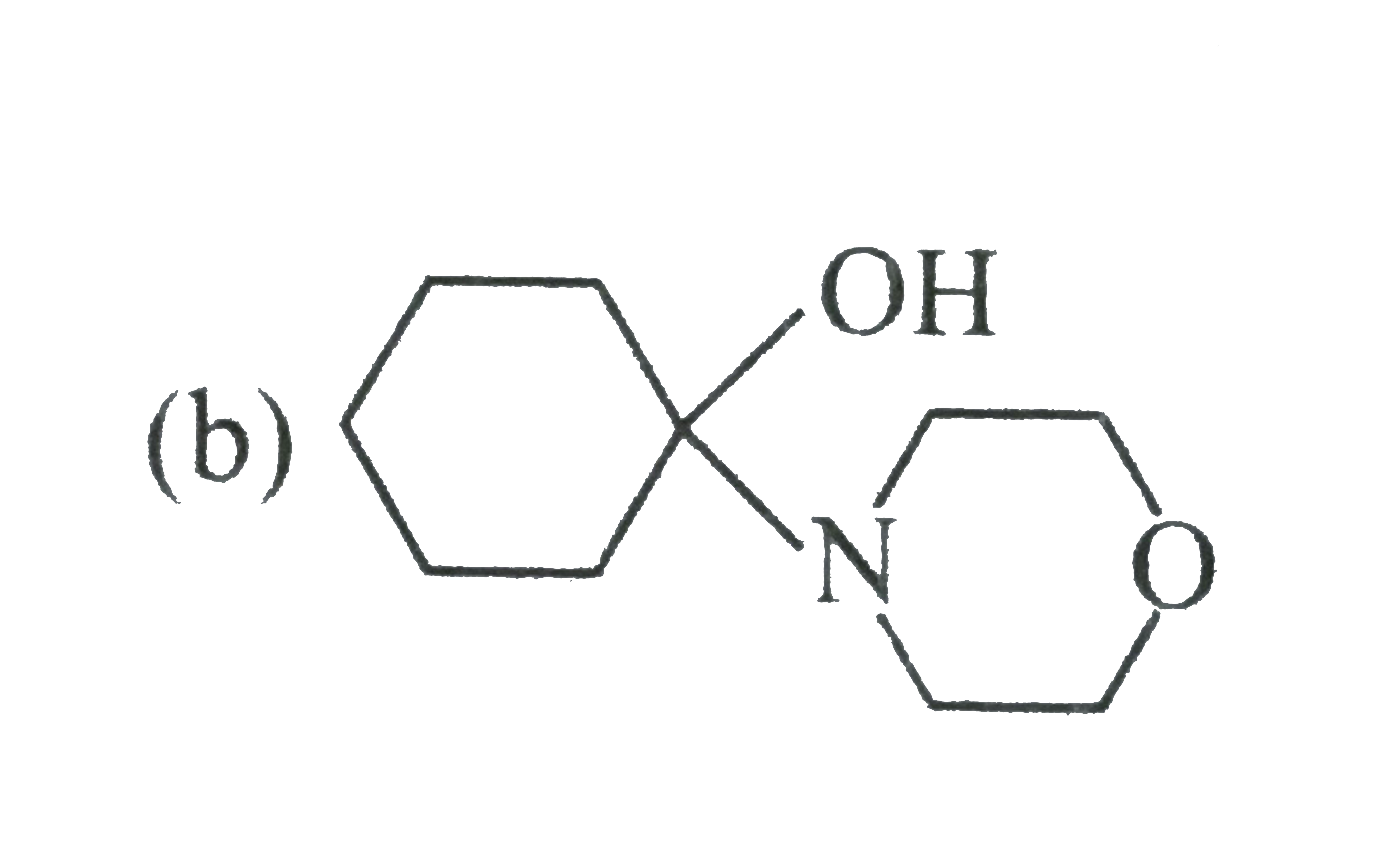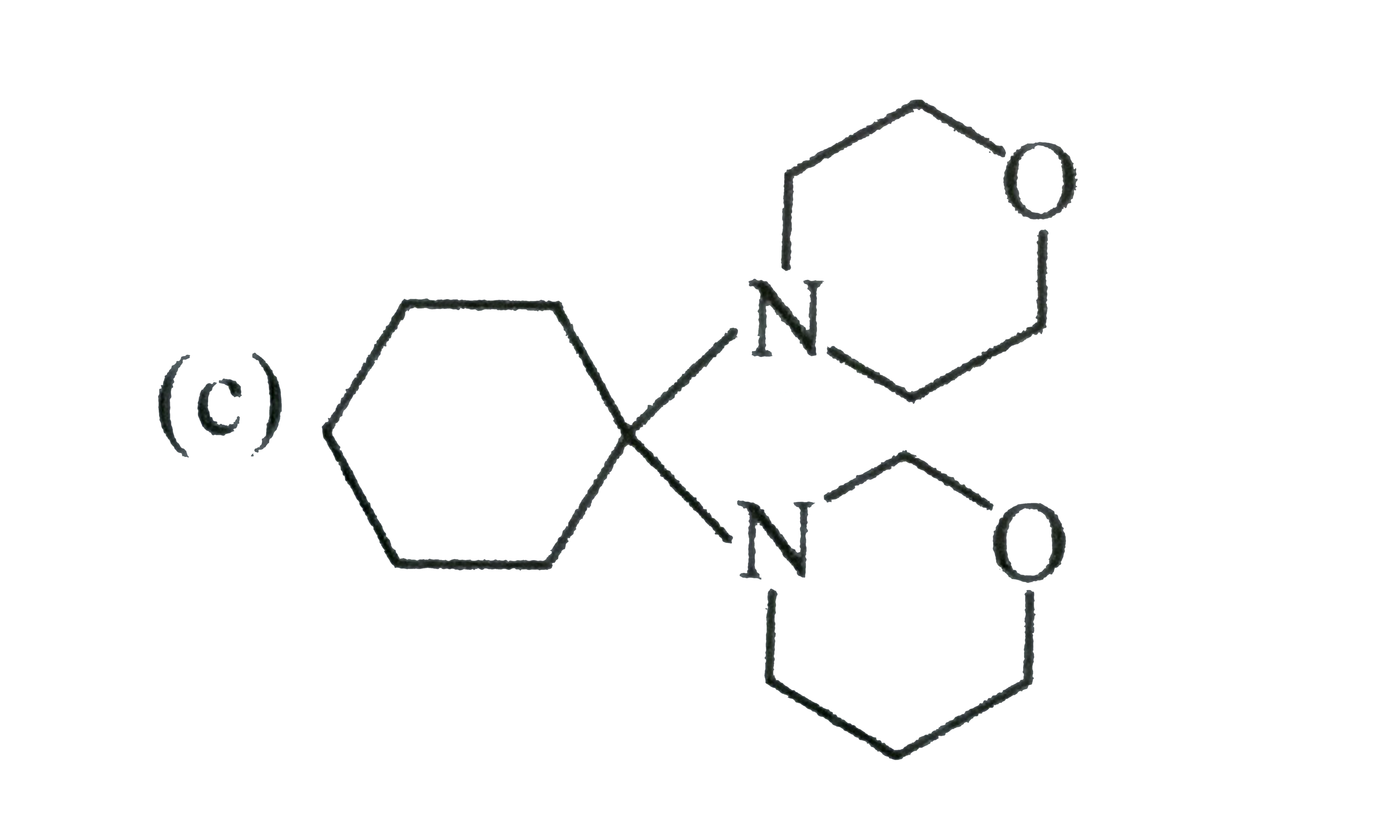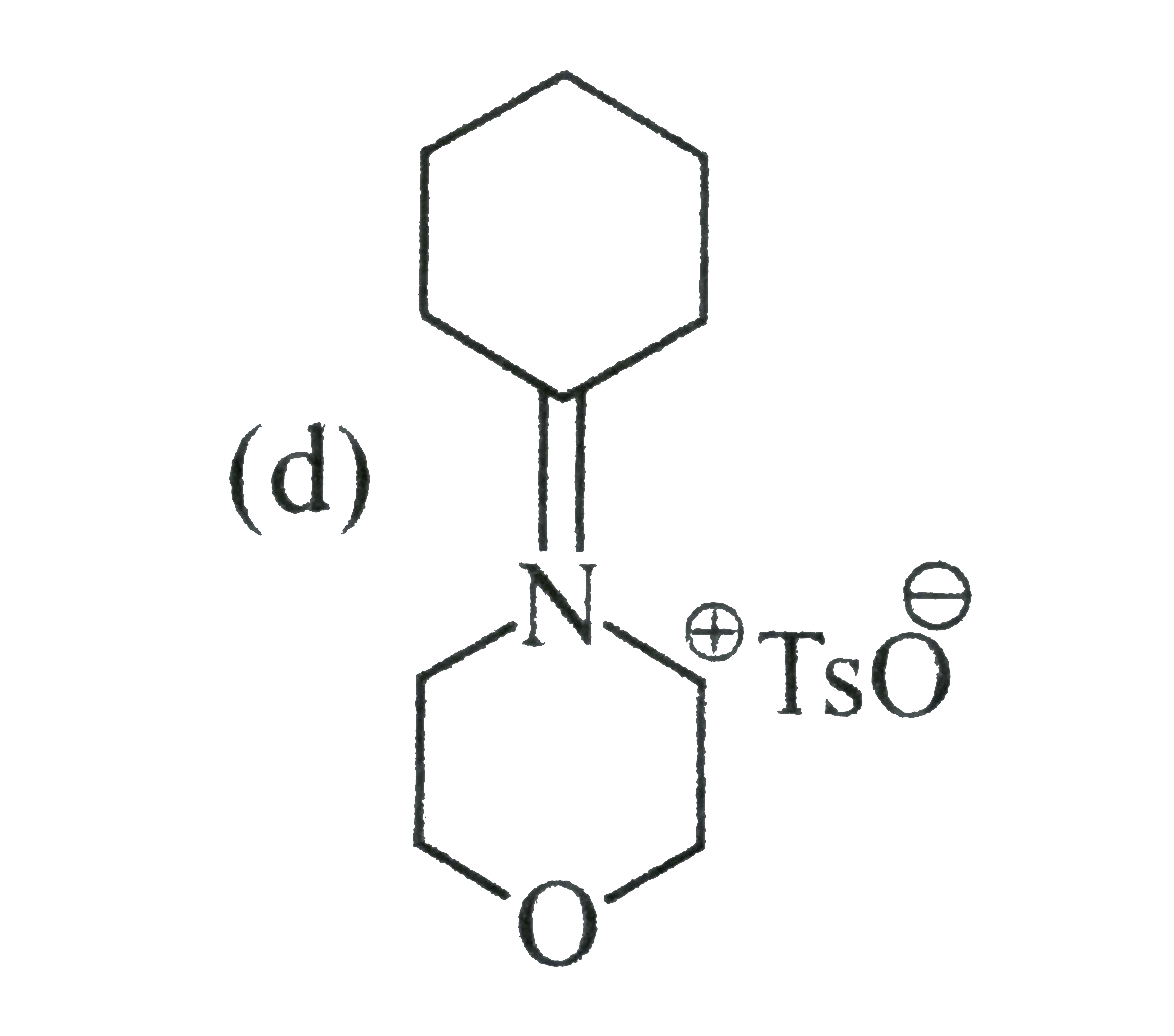A
B
C
D
Text Solution
AI Generated Solution
The correct Answer is:
|
Topper's Solved these Questions
HYDROCARBONS
MODERN PUBLICATION|Exercise COMPETITION FILE (OBJECTIVE TYPE QUESTIONS) (MULTIPLE CHOICE QUESTIONS from competitive examinations (JEE (Main) and Other State Boards. Engineering Entrance))|50 VideosView PlaylistHYDROCARBONS
MODERN PUBLICATION|Exercise COMPETITION FILE (OBJECTIVE TYPE QUESTIONS) (MULTIPLE CHOICE QUESTIONS from competitive examinations (JEE (Advance) for IIT Entrance))|4 VideosView PlaylistHYDROCARBONS
MODERN PUBLICATION|Exercise COMPETITION FILE (OBJECTIVE TYPE QUESTIONS) (MULTIPLE CHOICE QUESTIONS WITH ONLY ONE CORRECT ANSWER)|45 VideosView PlaylistHALOALKANES AND HALOARENES
MODERN PUBLICATION|Exercise UNIT PRACTICE TEST|12 VideosView PlaylistHYDROGEN
MODERN PUBLICATION|Exercise UNIT PRACTICE TEST (for Board Examination)|9 VideosView Playlist
Similar Questions
Explore conceptually related problems
Knowledge Check
Similar Questions
Explore conceptually related problems
MODERN PUBLICATION-HYDROCARBONS-COMPETITION FILE (OBJECTIVE TYPE QUESTIONS) (MULTIPLE CHOICE QUESTIONS from competitive examinations (AIPMT, NEET & Other State Boards Medical Entrance))
- Arrange the following conformations of ethane in the order of decreasi...
06:20
|
Play - The IUPAC name of the following compound H(3)C-CH(2)-underset(CH(2)C...
01:21
|
Play - 2-Bromopentane is treated with alcoholic KOH solution. The major produ...
03:37
|
Playing Now - In the following reaction H(3)C-underset(CH(3))underset(|)overset(CH...
03:11
|
Play - The ozonolysis of an olefin gives only propanone. The olefin is:
01:58
|
Play - The radical, is aromatic because it has
Text Solution
|
Play - Some meta-directing substituents in aromatic substitution are given wh...
01:21
|
Play - Arrange the following molecules in the correct order of decreasing C-C...
03:13
|
Play - Which of the following organic compounds has same hybridization as its...
02:46
|
Play - Which one of the following is an aromatic compound?
04:55
|
Play - n-Hexane on heating to 773 K at 10-20 atmospheric pressure in the pres...
02:41
|
Play - Which one of the following is not an isomer of 3-methylbut-1-yne?
04:41
|
Play - Upon ozonolysis, molecule of a hydrcarbon produces of ethanal and one ...
03:40
|
Play - 2,3-Dimethyl-2-butene can be prepared by heating which of the followin...
10:46
|
Play - In the reaction with HCl, an alkene reacts in accordance with Markowni...
04:49
|
Play - The oxidation of benzene by V(2)O(5) in the presence of aire produces
02:45
|
Play - The total number of pi-bond electrons in the following structure is
Text Solution
|
Play - Given: The enthalpy of hydrogenation of these compounds will be i...
Text Solution
|
Play - The correct statement regarding the comparison of staggered and eclips...
01:38
|
Play - Consider the nitration of benzene using mixed conc. H(2)SO(4) and HNO(...
03:52
|
Play
